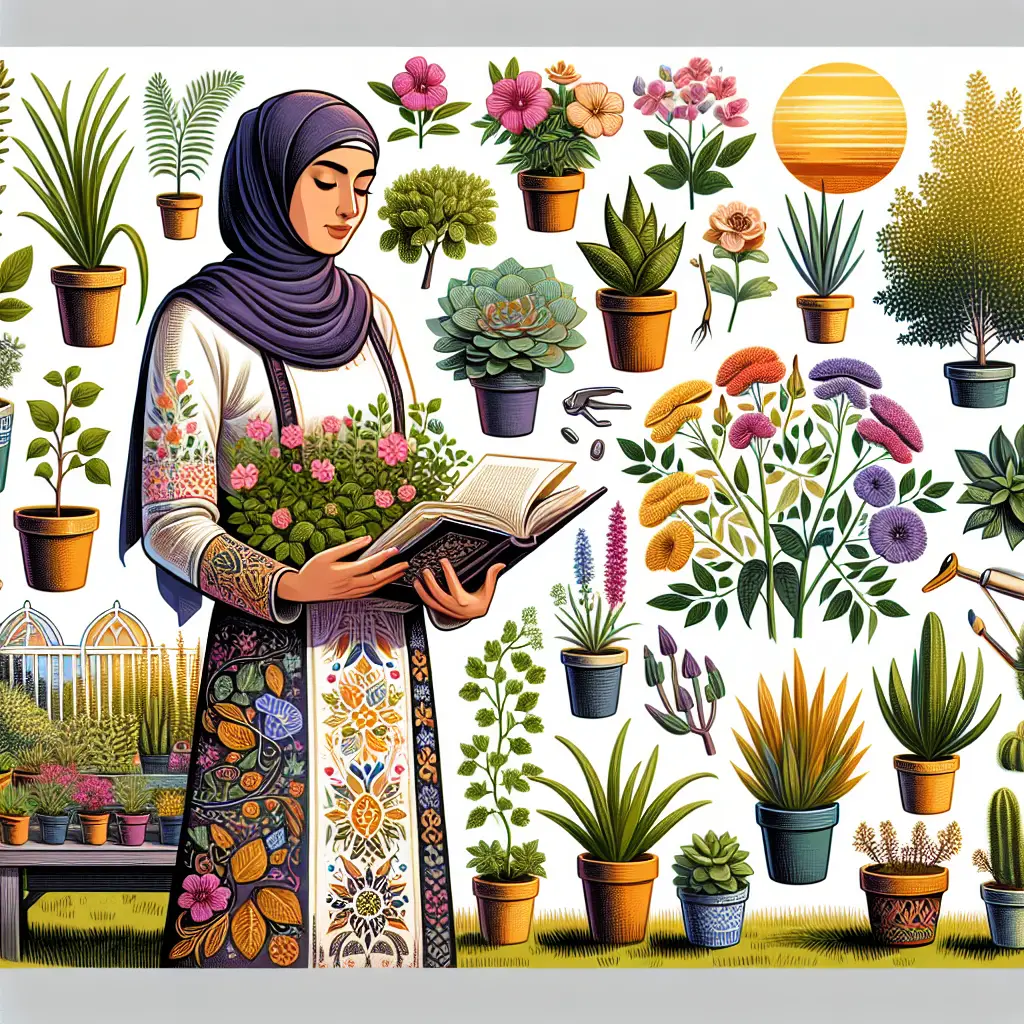Selecting the Right Plants for Your Garden Space
Gardening is a peaceful and eco-friendly hobby that brings beauty to your yard and fresh air to your environment. Choosing the correct plants, however, is crucial to ensure they thrive and enhance your garden space. Varying climates, soil types, and sunlight exposure are vital factors you need to consider when planning your garden.
Understanding Your Garden’s Environment
Before you dive into the sea of plant options, understanding your garden’s environment is essential. The United States Department of Agriculture (USDA) has developed a Plant Hardiness Zone Map that helps gardeners understand which plants are most likely to succeed at a location. Make sure to purchase plants that will thrive in your zone to ensure garden success.
Conducting a Soil Test
Soil health is a critical indicator of your garden’s potential. Conducting a soil test can provide insights into pH levels and nutrient deficiencies. You can purchase a soil testing kit or contact your local cooperative extension office to conduct the test for you.
Assessing Sunlight and Water
Sunlight and water are the lifeblood of your garden. Observe how the sun moves across your space and consider plants accordingly; you’ll need to select between full-sun, partial-sun, or shade plants. Similarly, understanding your garden’s water requirements is essential. Not all plants have the same watering needs, and over or under-watering can lead to poor plant health.
Choosing Plants Based on Size and Habit
Be mindful of the ultimate size and habit of the plants you choose. Overcrowding can lead to poor air circulation and result in diseases. Ensure there’s enough room for plants to reach their full size. Mixing plants with different heights and habits can create an engaging and multi-dimensional garden space.
Selecting Plants for Seasonal Interest
Your garden should not only delight in the spring. Select plants that offer visual interest throughout the seasons. Spring bulbs, summer annuals, fall foliage, and even winter structure can keep your backyard looking lively year-round.
Incorporating Native Plants
Native plants are well-adapted to local conditions and tend to be hardier and require less maintenance. They also support local wildlife such as birds, bees, and butterflies. Discover local native plants at reputable sources such as Wildflower.org, which offers a comprehensive database.
Adding Edibles to Your Landscape
Edibles are not only restricted to vegetable gardens; they can be an attractive addition to ornamental gardens too. Consider herbs like basil or rosemary, or vegetables such as colorful chard or climbing beans. These edibles provide fresh produce for your kitchen and add texture to your garden.
Creating a Theme
Thematic gardens can be both attractive and personal. Whether it’s a meditation garden with soothing greens and whites or a tropical paradise with bold colors and textures, your theme will guide the plants you select.
Pest and Disease Resistance
It’s disappointing to see plants succumb to pests or diseases. Choose plant varieties known for their resistance. Companies like Burpee and Monrovia offer a variety of plants that are bred for disease resistance.
Sustainable Gardening Practices
Incorporate sustainable gardening practices by choosing drought-tolerant plants if you’re living in a dryer climate or by setting up a rain garden in areas prone to waterlogging. This not only helps the environment but also reduces your garden’s maintenance needs.
Creating Contrast with Texture and Color
A visually striking garden often combines plants with various textures and colors. The velvety leaves of a lamb’s ear, for instance, can contrast beautifully against the fine foliage of ferns. Use color wisely – combinations of complementing or contrasting colors can set the mood in your garden.
Maintenance Requirements
Consider how much time you are willing to devote to gardening. Some plants require deadheading, shaping, or other care, while others are low-maintenance. Always align your plant choices with the level of upkeep you’re prepared to invest in.
Seek Professional Advice
If you’re unsure about plant selection, don’t hesitate to ask for professional advice. Local garden centers and nurseries can be excellent resources. Additionally, consulting a landscape designer might be worth the investment if you’re looking for a more comprehensive makeover.
Conclusion
Plant selection is a critical step in the process of creating your backyard oasis. It involves a blend of art and science, essentially waving together aesthetic preferences with logistical considerations such as climate, soil, and water conditions.
By following these guidelines and continuing to educate yourself, you’ll be well-equipped to make informed choices about which plants can transform your garden into a thriving, vibrant space that brings joy throughout the year.
Remember that gardening is an iterative process. Don’t be afraid to experiment and learn from occasional setbacks. Over time, you’ll develop a garden that reflects not only the character of the space but of the gardener tending it. Happy planting!
We hope this guide helps you in making the best choices for your garden. If you have any excellent plant-selection stories or tips, share them in the comments! And for those looking to dive deeper, consider signing up for our newsletter for the latest tips, tricks, and inspirations for your gardening adventures.


